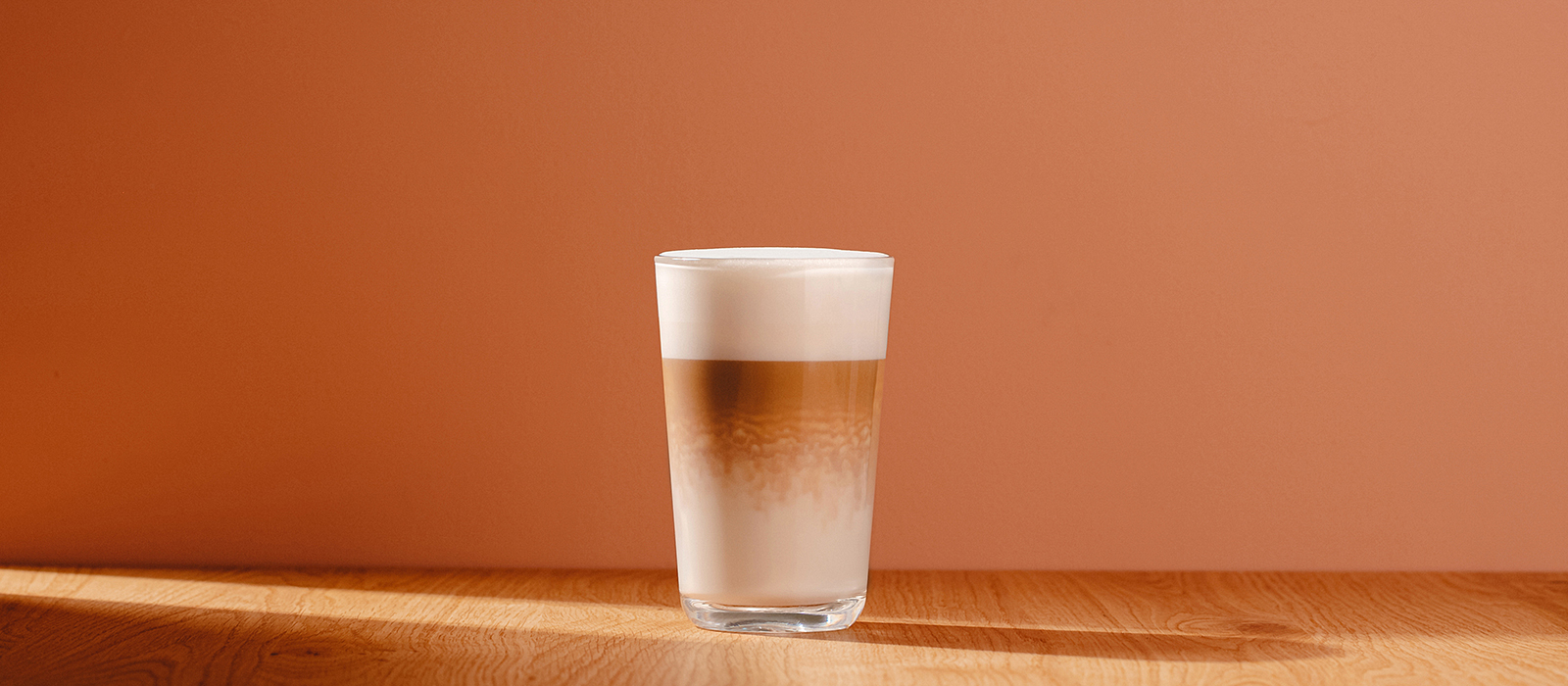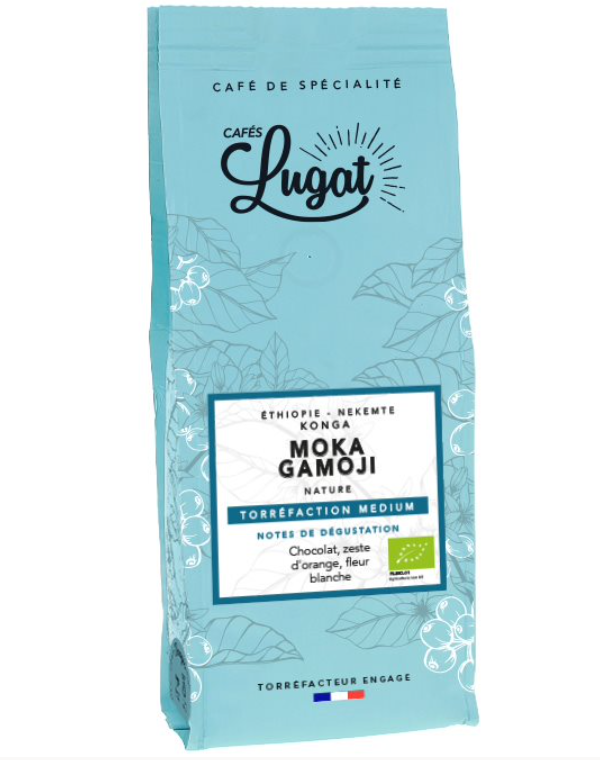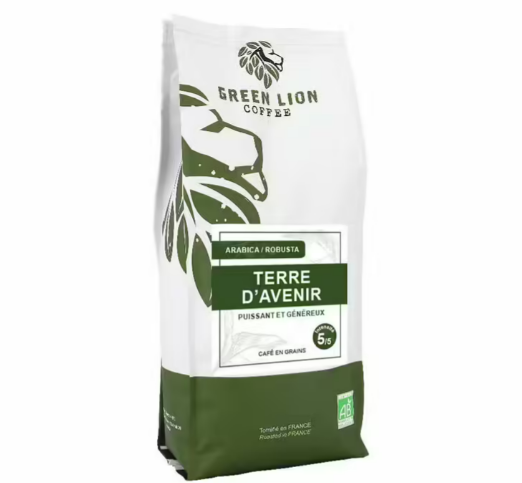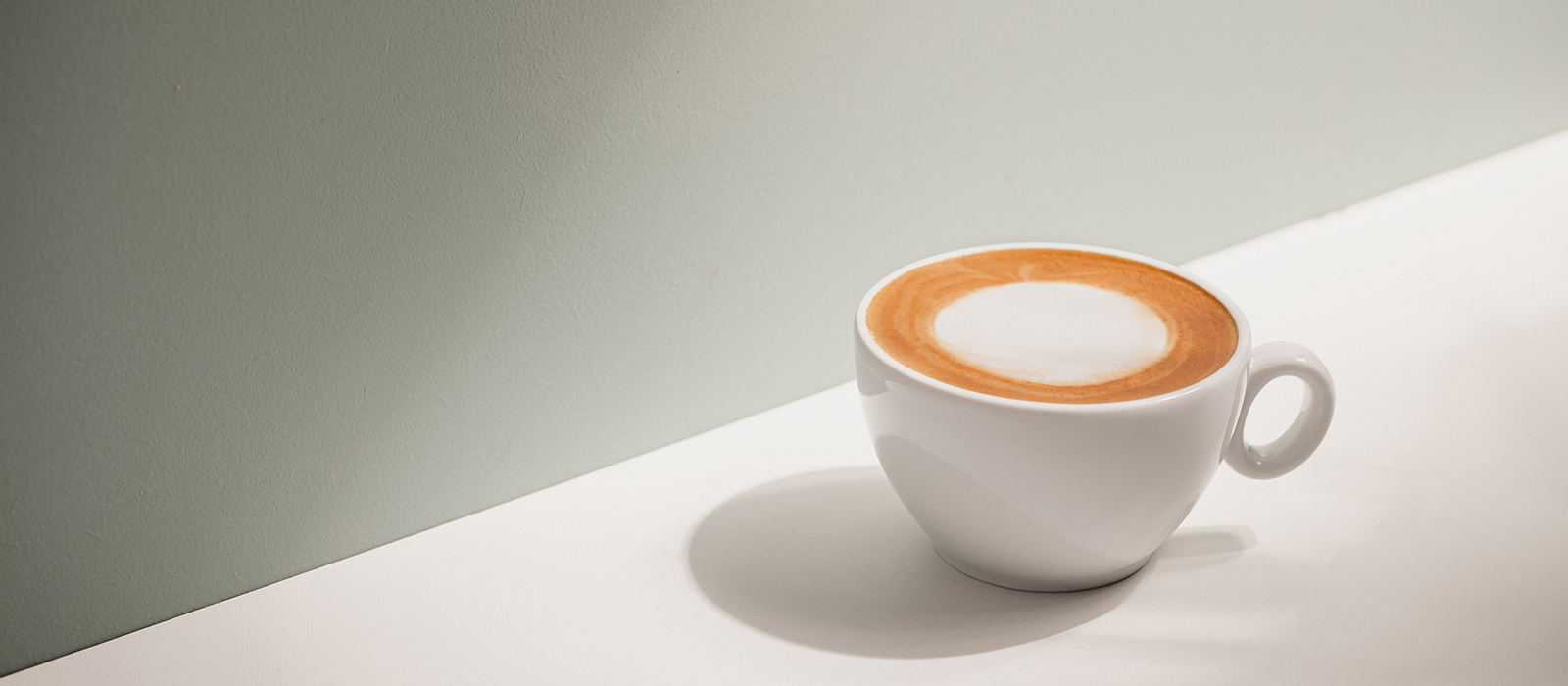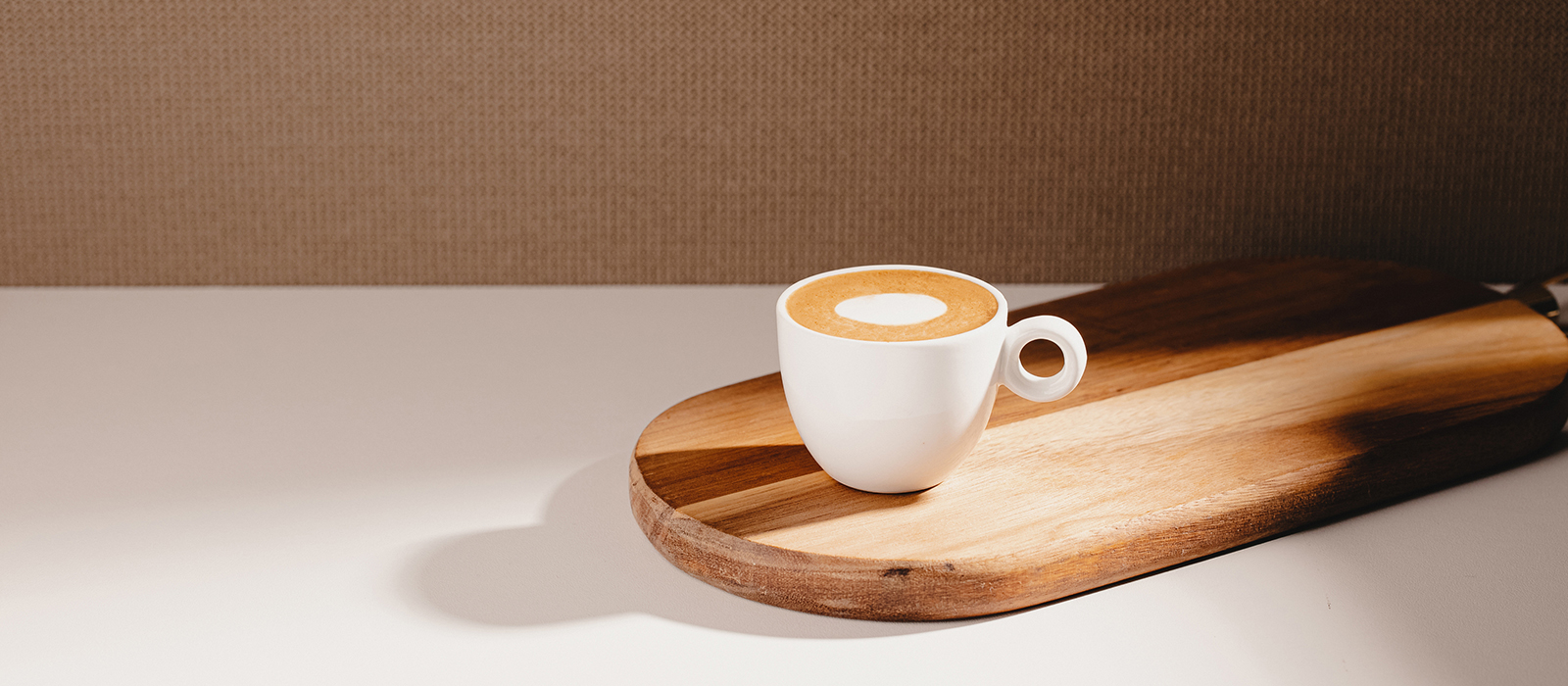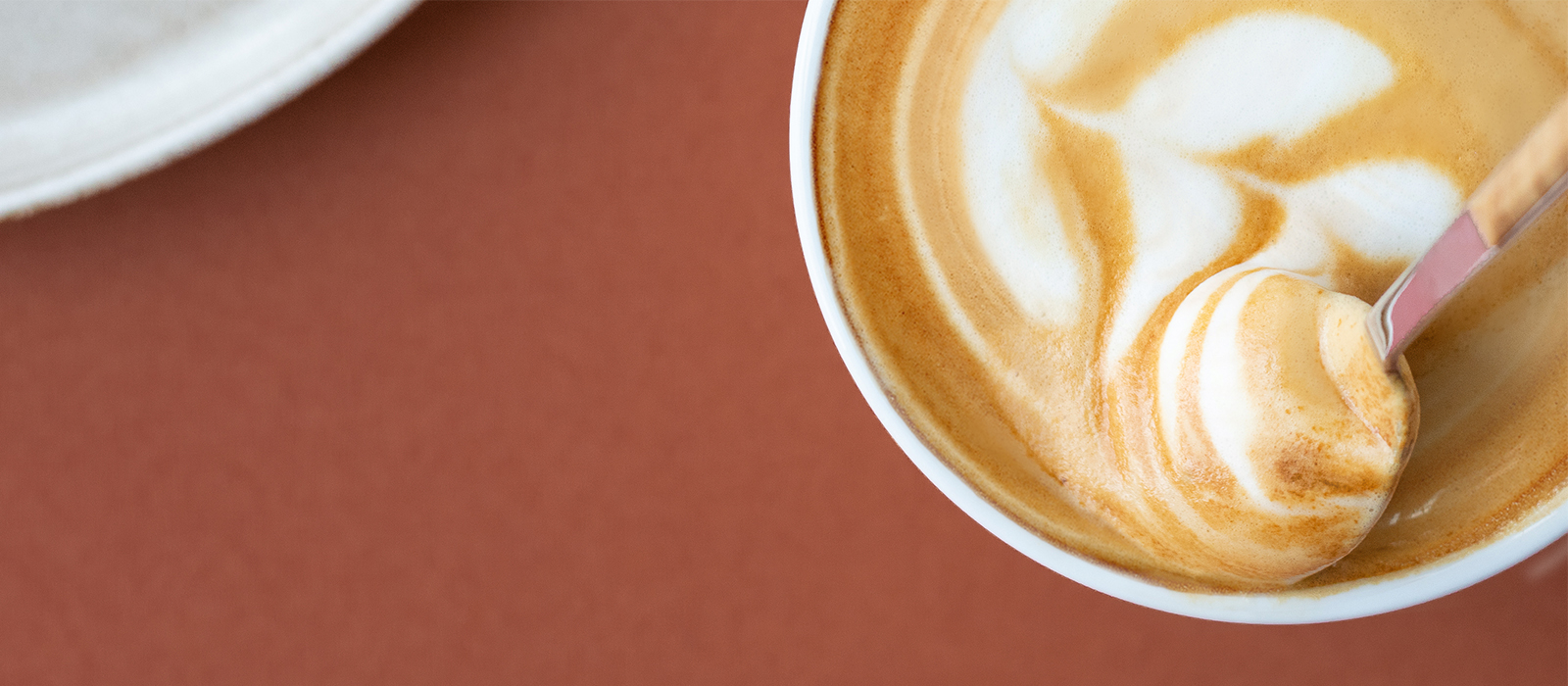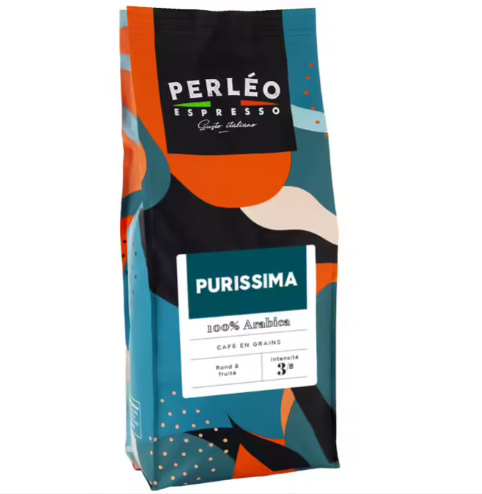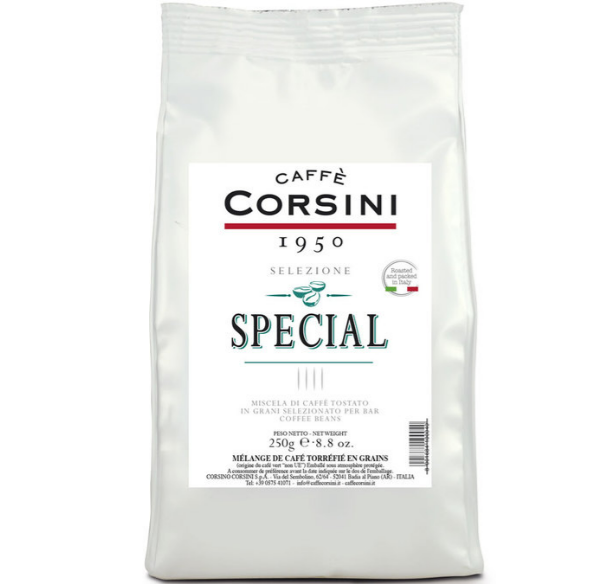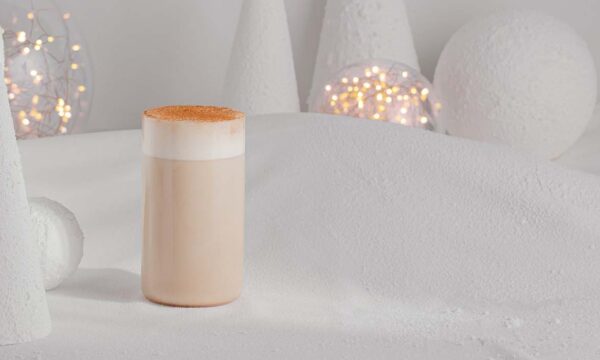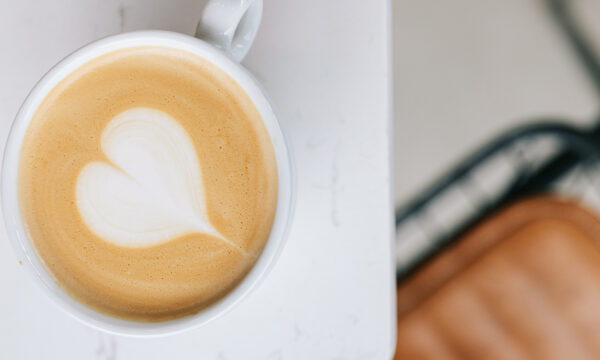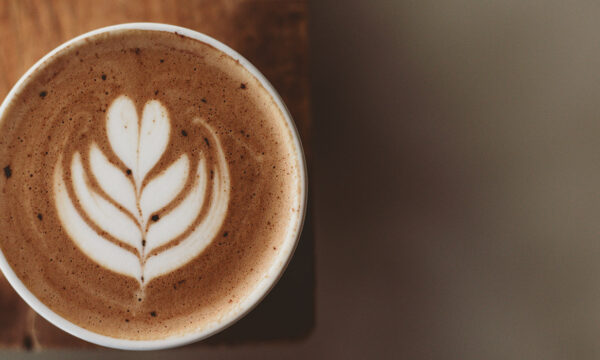
- Home
- Cappuccino VS Latte Macchiato : What’s the difference?
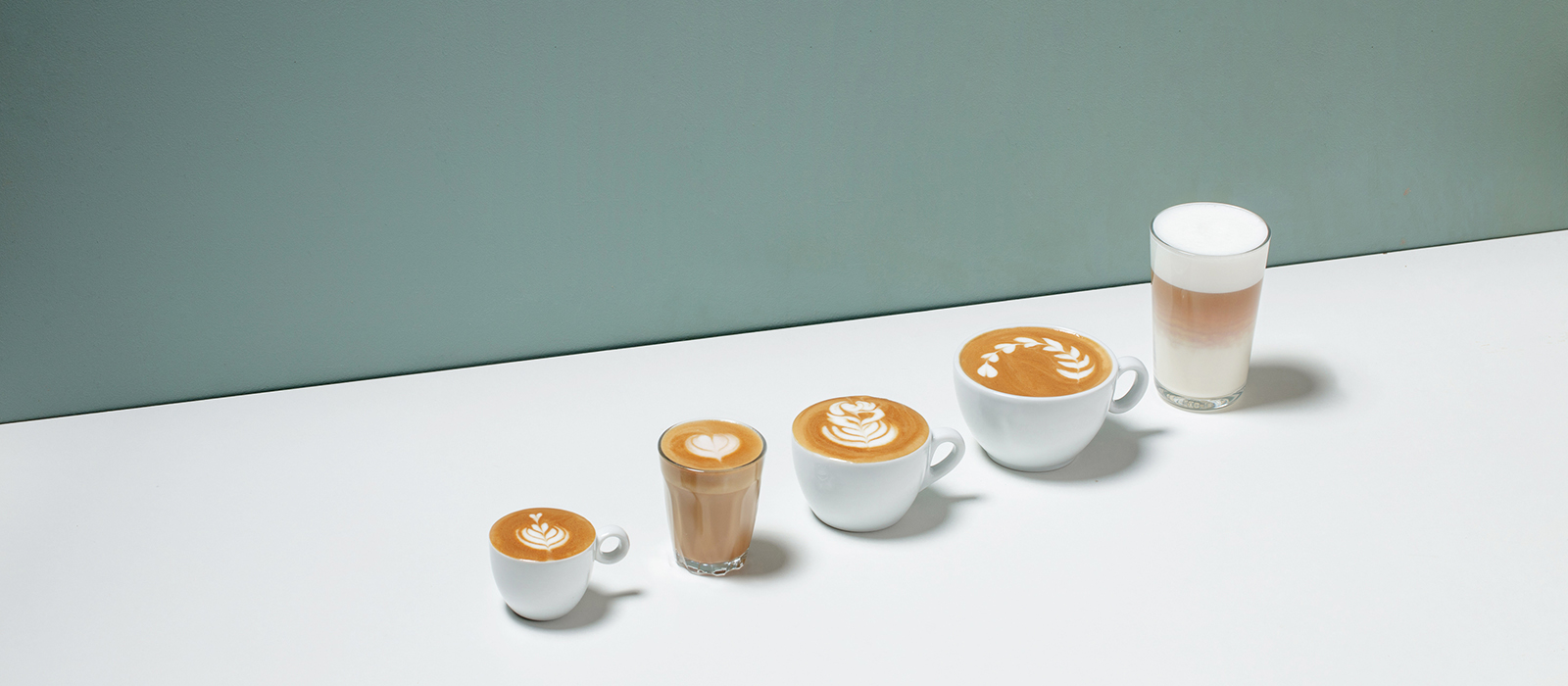
Cappuccino VS Latte Macchiato : What's the difference?
Written by Jordan
Latte macchiato, cappuccino, cappuccino, latte macchiato: it can be tricky to tell the difference. In this primer, we’ll explain the difference between cappuccino and latte macchiato, and what makes each of these drinks so special, so that you can choose the right one for your tastes.
Latte Macchiato
Latte macchiato, meaning “stained milk” in Italian, is a drink made from milk and espresso, just like cappuccino. But it’s the order in which the ingredients are added that makes the difference between the two drinks.
To make a latte macchiato, you start by making the milk foam. If your coffee machine has a steam wand, you can use it with a milk jug. And if you don’t have one, milk frothers (manual or electric) will help you get a nice foam.
Latte macchiato is served in a tall, clear glass, ideally with a double wall. This type of glass allows you to enjoy the beauty of this drink and see the different layers that make it up. This is one difference between cappuccino and latte macchiato.
How do you make a latte macchiato?
Start by pouring your espresso before frothing your milk. Pour the amount of milk and foam into a tall glass, before adding your espresso in the centre. Find our tips and the full recipe in our recipe section.
Take a look at the layers forming in the glass! They show the differences in density between the liquids used to make this beverage. The milk froth, full of air, stays on the top of the glass, while the coffee (an espresso) darkens the middle. Lastly, the milk, which is denser, ends up at the bottom of the glass.
Latte macchiato, the perfect way for kids to discover coffee
You probably wouldn’t expect an Italian drink to have a lot of milk and not much coffee. But that’s because in Italy, it’s this drink that gradually helps children get used to the taste of coffee! A large glass of hot milk, with a few drops of espresso: the latte macchiato is Italian kids’ first coffee tasting experience.
Shopping list
Our experts’ recommendations for the perfect latte macchiato
Cappuccino
In Italy, cappuccino is a breakfast drink. The unspoken rule is that you don’t take a cappuccino in the afternoon. Italians like to have their cappuccino at the café or at home, along with a cornetto (croissant with cream or jam).
It’s also one of the few coffee drinks that is often sweetened with brown sugar rather than white sugar. White sugar is usually preferred for most coffees, as it dissolves quickly in an espresso or ristretto.
What is the origin of cappucino?
Now very popular in Italy, cappuccino actually has its origins in Austria.
The story goes that in 1683, when Vienna was besieged for the second time by the Ottoman army, King John III Sobieski of Poland sent a contingent of troops to reinforce the city.
That’s when Jerzy Franciszek Kulczycki enters the scene. He offered his services to try to cross enemy lines. The victorious Kulczycki was celebrated as a hero and decorated.
The city of Vienna offered him a monetary reward and a house. It was King John III Sobieski himself who gave him the 500 sacks of coffee found in the Ottoman camp.
It is said that he then decided to make use of his experience in Istanbul by offering an Oriental-style coffee in his café “Hof zur Blauen Flasche”(House under the Blue Bottle). But the people of Vienna didn’t appreciate the bitter concoction, and he struggled to make a living. So Kulczycki tried offering a filtered coffee, and adding a spoonful of cream and another of honey. It was an instant success: Viennese coffee and Kapuziner were born!
Unfortunately, though Franz Goerg Kulczycki did exist, it is unlikely that he was actually responsible for the creation of Viennese cafés. All these stories were in fact invented in 1783 by the priest Gottfried Uhlich.
According to information found by historians, the first Viennese cafés were founded in 1785.
However, it was in Viennese cafés that the Kapuziner, the distant ancestor of the cappuccino, was born.
The name kapuziner refers to the colour of the coffee mixed with milk, which is identical to that of the Capuchin monks’ robes. It was made with coffee, sugar, egg white (for the foam) and cream. It could also be flavoured with cinnamon or chocolate powder.
Since then, the way this drink is prepared has evolved to become the cappuccino we enjoy today.
How do I make a cappuccino?
Cappuccino is served in a large coffee cup between 150 and 180 ml. This is one of the differences with a latte macchiato: the cappuccino is shorter, even if the base is the same.
The taste of the coffee is therefore stronger. Cappuccino is also made in a very different way. First, it is prepared in a heated cup.
Start by pouring an espresso into the cup. Then froth the milk in the jug. Finally, pour in the milk, holding back the foam with a wooden spoon. Next, gently pour the milk foam over the drink to form a thin layer. You can also take a look at our recipes for making delicious cappuccinos.
Some people like to sprinkle cocoa over their cappuccino, but you don’t have to and it may cause the foam to collapse.
If you want a stronger-tasting coffee with less foam and more milk, opt for a flat white.
Latte art, or how your cappuccino becomes a work of art
As mentioned above, the milk foam that tops your cappuccino can be used as a blank canvas to create a work of art. Hearts, plants, animals or even portraits: the contrast between the brown colour of the coffee and the white of the milk foam can be used to create these temporary works of art. The secret of successful latte art lies in the density of the milk foam, which must be as smooth as possible without the slightest air bubble.
Some utensils can be used to create drawings: a latte art pen , for example.
Baristas who are not trained in latte art, but who like to offer art for their coffees, sometimes use stencils on the foam and create a design using chocolate powder.
Shopping list
Our experts’ recommendations for the perfect cappuccino
You now know the difference between a cappuccino and a latte macchiato, and you’re ready to impress in the coffee shop with your knowledge. Discover our recipes for dalgona coffee and mochaccino!
Discover all of our articles
